Lamb Benefits For Health, Nutrition Facts, And Recipes
Boost the iron, protein, and omega-3 fatty acid levels in your body with this delicious treat.
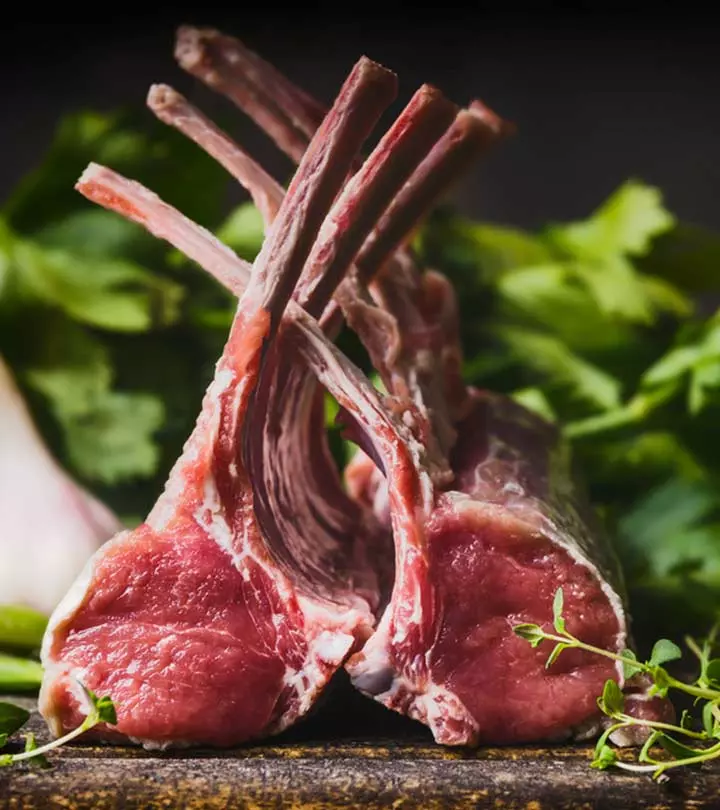
Image: Shutterstock
Grass-fed, organic lamb is not only tender and tasty but also is high in protein. Taken in moderation, the benefits of lamb meat are many. The rich lamb chops contain essential nutrients that help one maintain optimal health and fight various diseases.
Its soft, meaty texture has made it quite popular across the globe. However, excess consumption of lamb may cause several side effects and may even affect the environment. This article explores the nutritional breakdown of lamb, its potential health benefits and possible risks, and some delicious recipes to try at home. Keep reading.
In This Article
What Is Lamb?
Lamb refers to the meat of domesticated sheep less than a year old. Meat from sheep older than a year is known as mutton. Lamb meat is more tender and flavorful when compared to mutton.
 Did You Know?
Did You Know?- Classification
Lamb is classified as red meat because of its rich red color due to the high presence of the protein myoglobin (1). Myoglobin with its iron-rich non-protein component “heme” is known to bind to oxygen in the striated meat muscles. The more the myoglobin, the richer, more dense red, the meat is. Other red meats usually consumed are beef, pork, and veal.
- Appearance
Raw lamb ranges in color from soft pink to deep red. The color of fresh lamb cuts looks clean and bright with some white fat running through or around it depending on the cut. On being completely cooked, lamb becomes a rich reddish-brown shade, or a pinkish hue at the center of the meat when it’s cooked until medium-rare.
- Taste
Lamb has a rich, dense taste. Once it is well cooked, it is soft and tender and adds a gamey richness to the gravy. Lamb flavor can differ according to the meat cut you go for. It can range from being mildly savory to wild and gamey that might not be preferred by all. In case you are trying lamb for the first time, you might want to start with conventional, tastier cuts like rib or loin chops. You can also choose to opt for American lamb that tends to be milder in flavor than the New Zealand lamb.
A survey done on 1,640 people in Great Britain in 2018 discovered their meat preferences for an ideal Sunday roast. It was found that 32% liked having beef, 27% preferred chicken, 20% liked lamb, 8% liked vegetables, 6% liked pork, 3% preferred something else, and 3% did not know.
- Varieties
Lamb is usually found as five basic cuts at the supermarket or grocery store. They are:
- Shoulder
- Rack
- Shank/breast
- Loin
- Leg
Legs and racks make for large lamb portions and are ideal choices for family dinners or large gatherings. Lamb cuts such as lean rib chops, loin chops, or riblets are better suited for individual portions. Rack/rib and loin cuts are usually more tender and tastier cuts of meat and hence, more expensive too. Shoulder or leg-cut portions might be cheaper and equally tender when cooked in the right way.
Key Takeaways
- Lamb is nutrient-rich meat and a good source of protein, iron, calcium, zinc, and phosphorous.
- The healthy fats in lamb help lower bad cholesterol, manage weight loss, and reduce cancer risk.
- However, be careful not to overcook or burn the meat while preparing lamb dishes.
Lamb Nutrition Facts
Lamb is very nutrient-dense meat and an important source of protein, iron, and vitamins. As per the USDA, just 3 oz of cooked lamb meat contains more than 20gms of protein which is almost half the recommended daily intake for adults (2).
| Protein | 21.1 gm |
| Carbohydrates | 0 g |
| Sugar | 0 g |
| Total Lipid (Fat) | 16.7 g |
| Total Saturated Fatty Acids (SFA) | 6.9 g |
| Total Monounsaturated Fatty Acids (MUFA) | 7.07 g |
| Total Polyunsaturated Fatty Acids (PUFA) | 1.19 g |
| Cholesterol | 82.4 mg |
| Vitamin B-12 | 12 µg |
| Vitamin B-6 | 0.14 mg |
| Iron | 1.52 mg |
| Calcium | 18.7 mg |
| Phosphorus | 171 mg |
| Zinc | 3.97 mg |
| Potassium | 288 mg |
| Sodium | 68.8 mg |
Lamb being rich in protein is ideal for sportsmen and athletes and even for people following a low carb, moderate protein intake weight-loss diet (3). Apart from that, lamb is also a good source of important nutrients and minerals like calcium, zinc, and phosphorus that are important for your vital body functions, immune support, and bone health (4), (5). Lamb also contains a good portion of monounsaturated fatty acids that help reduce the levels of the bad “LDL” cholesterol preventing their buildup and associated risk of coronary heart disease and stroke (6).
Going further, let’s take a look at some of the key health benefits of lamb.
Health Benefits Of Lamb Meat
Lamb being nutrient-dense meat, provides us with certain important health benefits.
- Excellent Source Of Iron
As lamb is red meat, it is richer in iron as compared to chicken or fish (2). Additionally, lamb being an animal source of iron, contains the more easily absorbable heme iron as compared to the non-heme iron found in plants. Hence, lamb meat may potentially help improve and prevent iron deficiency and anemia symptoms (7).
- Immunity Booster
Lamb is a good source of immune-boosting zinc
(2). Zinc is not only vital for your optimal immune health but also is instrumental in wound healing, DNA and protein synthesis, as well as growth and development in children. Your immune system tends to get weakened and doesn’t perform optimally when there’s a deficit of zinc. Lamb with its significant zinc content could potentially help balance the same keeping your immune system strong and functioning optimally (4), (8).
- Rich Source Of Healthy Fats
A significant portion of fat found in grass-fed lamb meat is rich in healthy fats. It is an important source of the beneficial
- Omega-3 fatty acids (9), (10)
- Monounsaturated fatty acids help reduce bad LDL cholesterol (11).
- Conjugated linoleic acid (CLA) that aids weight loss, improves lean muscle mass, and could potentially help prevent cancer as per a few animal studies (12), (13).
- Protein Powerhouse
Lamb is an important source of animal meat proteins. A 3 oz serving of cooked lamb meat contains over 21 grams of protein (2). Proteins are the building blocks of our body and are essential in the growth, build, and repair of our body tissues and muscles. Lamb meat provides you with all the essential nine amino acids fulfilling the protein requirements of your body (14).
- Good Source Of L-Carnosine
Lamb contains approximately 400mg of carnosine per 100 grams, so it is a good source of L-Carnosine (15). While our bodies can produce carnosine internally, recent research suggests that obtaining higher amounts from external sources may offer additional health benefits. Carnosine may help prevent in thickening or hardening of arteries, potentially aiding in the protection against cardiovascular disease (16).
Moreover, carnosine plays a role in reducing the glycation of sugars and proteins in our body. This is significant because glycation leads to the formation of advanced glycation end products (AGEs), harmful compounds directly linked to inflammation, and oxidative stress (17).
If you want to add lamb to your diet and are concerned about its high saturated fat content, you should trim away the excess visible fat and use lean lamb meat each time. Let’s understand further if you should include lamb in your diet if you are looking to lose weight.
Weight Loss And Diets
Lamb is high in the natural trans-fat named conjugated linoleic acid (CLA). Unlike synthetic trans-fats, these have actually been found to be beneficial in reducing body fat mass (18). In a study, obese people in the age group of 18-44 years, when given 3.2 g of CLA per day for 6 months, reported a reduction in body fat with no further weight gain unlike the group of placebo-administered individuals (19). With about 19 gm of CLA per gm of meat, lamb meat has a higher CLA content than pork or beef (20). Lamb lean meat can thus aid weight loss when consumed in moderation.
While lamb intake may seem beneficial with the above-mentioned insights, it is also important to understand the possible risks of the same.
Possible Risks Of Eating Lamb
Lamb, being red meat, comes with its share of health risks. Studies have found that a higher intake of red meat variants like lamb, beef, veal, pork, and mutton can increase your risk of chronic health issues like heart disease, diabetes, cancer, etc. (21).
- Cancer
People who eat red meat regularly have been shown to have an increased risk of colon cancer, breast cancer, and a few others (22). Few other substances found in red meat might increase the potential cancer risk. One of these is heterocyclic amines. These are formed when meat is exposed to high heat and temperatures upon grilling, frying, baking, or barbeque (23).
Though more research is still warranted, given the above concerns, it is better to avoid overcooked and burned meat preparations. Hence, lamb exposed to and cooked under mild heat is preferably healthier and safe when consumed in moderation.
- High Cholesterol And Coronary Heart Disease
Frequent consumption of fatty portions of red and processed meat has been often linked with an increase in blood cholesterol levels. Lamb, when cooked and consumed, delivers almost equal amounts of monounsaturated and saturated fats. While the former helps lower blood cholesterol levels, saturated fatty acids can increase them (24). A high intake of saturated fat can increase the levels of low-density protein (LDL) or bad cholesterol in the body. LDL cholesterol tends to pile up in your arteries that might lead to clogged arteries and stroke (25).
While that is true, there are ways you can avoid that. Lamb might have saturated fat, but opting for a leaner cut of meat means you get less of it. Tenderloin, legs, or loin chops are good options for the same. Trimming off the excess fat lining the meat helps get rid of most of the visible fat (26), (27). Also cooking the meat in a healthy way like grilling, roasting, or baking with a drip tray beneath it makes sure the meat is as fat-free as possible.
- Food-borne Illnesses
You should handle raw lamb carefully and prepare it properly to avoid any chances of food-borne illnesses like E.coli infections or salmonellosis (28). Raw lamb should be kept refrigerated and away from other foods to avoid any cross-contamination. Make sure to wash your hands before and after handling raw red meat.
Ground lamb and patties along with other muscle-meat portions and organ meat like liver, kidney, and brain, etc. should be cooked to a minimum of 160℉ to make sure they’re safe to consume. You should cook the lamb steaks, roasts, and chops to a minimum temperature of 145℉ (as measured with a food thermometer) and allow it to rest for 3-5 minutes before consumption to ensure its safety.
Apart from the above concerns of lamb intake regarding your health, there are certain significant consequences of frequent lamb meat intake on the environment as well. Let’s take a look at what they are:
Impact On The Environment
While consumption of lamb and other meat products has been deemed essential as a vital source of nutrients (iron, protein, and vitamins), the environmental impact of the same is also glaringly clear. While raising livestock and animal husbandry adds significantly to greenhouse gas emissions, these also affect the water footprint, water pollution, and availability (29).
In light of the above effects of consuming lamb and other meats on human health as well as on the planet as a whole, it becomes imperative to bring about changes in our lifestyle and dietary habits. While meat provides and compensates for important nutrients, you should have it in moderation and be mindful of the amount consumed, for the betterment of your health as well as to reduce its effect on global environmental health (30).
Having understood that, let’s now see how you can include lamb in your diet with these easy-to-make lamb recipes.
Lamb Recipes
One of the healthiest ways to cook lamb meat is to trim the excess fat and grill, boil, or roast it in the oven. Be careful not to overcook or burn the meat. Minced and ground lamb meat can be used to make lamb burgers, meatloaf, kebabs, or even stir-fries. Here, we have two amazing recipes to get you started.
1. Lamb Koftas
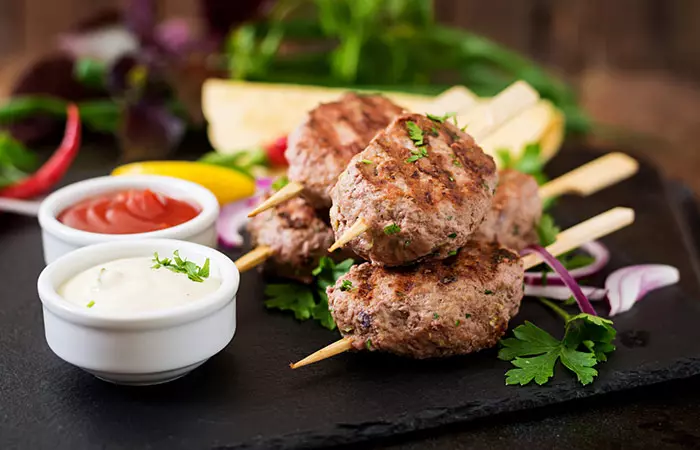
Ingredients
- Lamb mince – 500g
- Cumin powder – 1 teaspoon
- Coriander powder – 2 teaspoons
- Garlic cloves (crushed) – 2
- Mint (chopped) – 2 tablespoons
- Oil for brushing
- Gram flour or eggs, as needed (as binding agent)
Instructions
- Mix all the ingredients until well combined.
- Divide the mixture into eight balls, and roll each ball to an oval shape on a board with cupped hands.
- Thread the oval balls onto four metal skewers and apply oil with a brush.
- Heat a griddle pan until steaming hot. Keep the skewers on top and cook for 3-4 minutes on each side.
- Don’t turn them around repeatedly until the meat is well sealed.
- Season as per preference and serve with spiced yogurt and flatbreads.
2. Lamb Burger
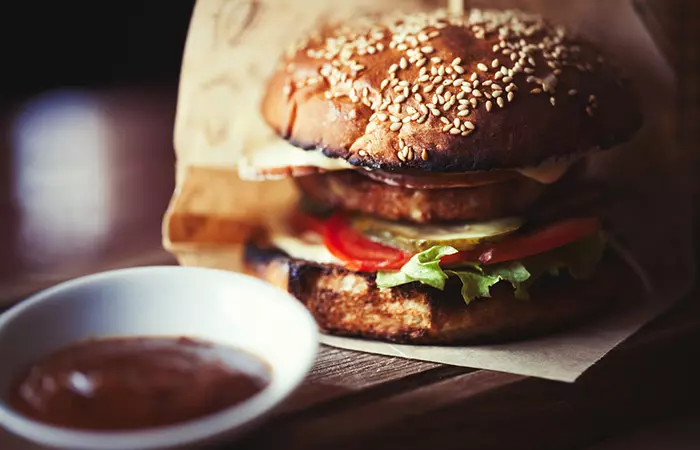
Ingredients
- Jalapeño (deseeded, sliced lengthwise) – 1
- Red onion (medium, sliced)
- Garlic clove (peeled) – 1
- Lean lamb (minced) – 1 lb
- Lean beef (ground) – 1lb
- Raw aged sharp cheddar (small cubed) -½ cup
- Sea salt -½ teaspoon
- Cumin powder -½ teaspoon
- Chili powder -½ teaspoon
- Paprika (smoked) -¼ teaspoon
- Dried oregano -1 teaspoon
- Coconut oil -½ teaspoon
Instructions
- In a food processor, pulse and finely chop the jalapeno, garlic, and onion.
- Add in the above mixture to minced lamb and ground beef in a large mixing bowl.
- Add in the cheese and spices.
- Combine everything well using your hands.
- Divide and form the mixture into 8 patties.
- Leave them in the refrigerator for 15–20 minutes to make them firm.
- Take a large nonstick skillet and melt the coconut oil over medium-high heat.
- Slide in the patties and cook for 7–8 minutes on each side.
- They should become nicely browned and firm to touch.
- Layer a patty in between burger buns and assemble with your toppings of choice.
Ronit Penso, a chef and blogger, has tried an interesting and tasty recipe with lamb and eggplant and shared her experience in a blog post. She says “The result was so delicious: the eggplants and onions became soft, almost creamy-like, while the chickpeas kept their shape and gave a nice contrasting texture. The subtle sweetness from the wine and raisins rounded the flavors beautifully. This is just the perfect dish for the cold weather that seems to be back this week (i).”
 Pro Tip
Pro TipInfographic: The Major Cuts Of Lamb
Lamb is a versatile and nutritious red meat that you can cook in many different ways, depending on the cut. Prime cuts can be prepared quickly, while tougher cuts take more time to cook. Click on the infographic below to learn about the different cuts of lamb.
![the major cuts of lambs [infographic]](https://cdn2.stylecraze.com/wp-content/uploads/2022/08/The-Major-Cuts-Of-Lamb.jpg.webp)
The benefits of lamb meat go beyond its delectable taste. This tender red meat comes from a young domesticated sheep and is packed with proteins, fats, vitamins, and minerals that support good health. Consuming lamb meat may help promote immunity and prevent anemia. Its high protein content makes it an ideal food for athletes and bodybuilders. It is rich in CLA, a type of fat, that supports the body fat reduction process. However, you should not overindulge in this red meat. It may lead to an increased risk of cancer and cardiovascular disorders. Hence, limit its consumption and seek medical advice if you experience any side effects.
Frequently Asked Questions
Is lamb healthier than chicken?
No. Chicken is a good source of proteins and has fewer calories than lamb meat. Also, lamb meat is higher in saturated fat, which in excess may lead to health issues (31), (32).
How often should you eat lamb?
Limit yourself to once or twice a week. Opt for lean cuts of the lamb.
Is lamb better than beef?
Yes. Lamb meat is better as it is rich in calcium, iron, selenium, vitamin B, and omega-fatty acids (33).
Is lamb the cleanest meat?
No. While it is a better option than beef or pork, it is not the cleanest meat.
Is lamb hard to digest?
It depends on its fat content. Lamb meat with a higher fat ratio takes more time to digest.
Explore the potential health benefits of lamb, touted as one of the healthiest meats. Discover facts about its rich protein content and essential nutrients that can contribute to your overall well-being. Click the video to find out!
Personal Experience: Source
StyleCraze's articles are interwoven with authentic personal narratives that provide depth and resonance to our content. Below are the sources of the personal accounts referenced in this article.
(i). Lamb with Eggplant, Chickpeas and Raisinshttps://ronitpenso.wordpress.com/2017/02/26/lamb-with-eggplant-chickpeas-and-raisins//
References
Articles on StyleCraze are backed by verified information from peer-reviewed and academic research papers, reputed organizations, research institutions, and medical associations to ensure accuracy and relevance. Read our editorial policy to learn more.
- Myoglobin chemistry and meat color
https://pubmed.ncbi.nlm.nih.gov/23190143/ - \’Lamb\’ \’Ground\’ \’Cooked\’ Broiled
https://fdc.nal.usda.gov/fdc-app.html#/food-details/172544/nutrients - Ketogenic Diet
https://www.ncbi.nlm.nih.gov/books/NBK499830/ - Zinc as a Gatekeeper of Immune Function
Https://Www.Ncbi.Nlm.Nih.Gov/Labs/Pmc/Articles/Pmc5748737/ - \’The role of nutrients in bone health\’ from A to Z
https://pubmed.ncbi.nlm.nih.gov/17092827/ - Monounsaturated fatty acids and cholesterol metabolism: implications for dietary recommendations
https://pubmed.ncbi.nlm.nih.gov/2649645/ - Absorption of Heme Iron
Https://Pubmed.Ncbi.Nlm.Nih.Gov/9460807/ - Enhancing the Nutritional Value of Red Meat through Genetic and Feeding Strategies
https://www.mdpi.com/2304-8158/10/4/872 - Increasing Omega-3 Levels in Meat from Ruminants under Pasture-Based Systems
Https://Pubmed.Ncbi.Nlm.Nih.Gov/30209429/ - Enhanced Omega-3 Polyunsaturated Fatty Acid Contents in Muscle and Edible Organs of Australian Prime Lambs Grazing Lucerne and Cocksfoot Pastures
Https://Www.Ncbi.Nlm.Nih.Gov/Labs/Pmc/Articles/Pmc6316222 - High-Monounsaturated Fatty Acid Diets Lower Both Plasma Cholesterol and Triacylglycerol Concentrations
Https://Pubmed.Ncbi.Nlm.Nih.Gov/10584045/ - Conjugated Linoleic Acid Supplementation for 1 Y Reduces Body Fat Mass in Healthy Overweight Humans
Https://Pubmed.Ncbi.Nlm.Nih.Gov/15159244/ - Conjugated Linoleic Acid As A Potential Protective Factor in Prevention of Breast Cancer
Https://Pubmed.Ncbi.Nlm.Nih.Gov/23475478/ - The Value Of The Lamb Meat In Human Nutrition
http://www.ifrj.upm.edu.my/23%20(06)%202016/(33).pdf - Nutritional composition of red meat
https://ro.uow.edu.au/cgi/viewcontent.cgi?article=1053&context=hbspapers - Dietary Carnosine Prevents Early Atherosclerotic Lesion Formation in ApoE-null Mice
https://www.ncbi.nlm.nih.gov/pmc/articles/PMC3869200/ - Decreased formation of advanced glycation end-products in peritoneal fluid by carnosine and related peptides
https://pubmed.ncbi.nlm.nih.gov/17179517/ - A review on effects of conjugated linoleic fatty acid (CLA) upon body composition and energetic metabolism
https://www.ncbi.nlm.nih.gov/pmc/articles/PMC4574006/ - The Role of Conjugated Linoleic Acid in Reducing Body Fat and Preventing Holiday Weight Gain
Https://Pubmed.Ncbi.Nlm.Nih.Gov/16924272/ - Fatty Acid Composition and Conjugated Linoleic Acid Content in Different Carcass parts of Dağlıç Lambs
https://www.ncbi.nlm.nih.gov/labs/pmc/articles/PMC3910337/ - Potential Health Hazards of Eating Red Meat
Https://Pubmed.Ncbi.Nlm.Nih.Gov/27597529/ - Consumption of Red Meat and Processed Meat and Cancer Incidence: A Systematic Review and Meta-Analysis of Prospective Studies
Https://Pubmed.Ncbi.Nlm.Nih.Gov/34455534/ - \’Well-Done Meat Intake\’ \’Heterocyclic Amine Exposure\’ and Cancer Risk
Https://Pubmed.Ncbi.Nlm.Nih.Gov/19838915/ - The Dietary Prevention of Coronary Heart Disease: Dietary Cholesterol and Fat
Https://Pubmed.Ncbi.Nlm.Nih.Gov/7465460/ - Diet for Stroke Prevention
Https://Pubmed.Ncbi.Nlm.Nih.Gov/30022800/ - Lean Meat and Heart Health
Https://Pubmed.Ncbi.Nlm.Nih.Gov/15927927/ - Reduction in Saturated Fat Intake for Cardiovascular Disease
Https://Pubmed.Ncbi.Nlm.Nih.Gov/32428300/ - Animals as sources of food-borne pathogens: A review
https://www.ncbi.nlm.nih.gov/labs/pmc/articles/PMC6116329/ - Meat Consumption: Which are the Current Global Risks? A Review of Recent (2010–2020) Evidences
Https://Www.Ncbi.Nlm.Nih.Gov/Labs/Pmc/Articles/Pmc7256495/ - The Effects of Meat Consumption on Global Health
Https://Pubmed.Ncbi.Nlm.Nih.Gov/30209430/ - Lamb, ground, raw
https://fdc.nal.usda.gov/fdc-app.html#/food-details/174370/nutrients - Chicken, ground, raw
https://fdc.nal.usda.gov/fdc-app.html#/food-details/171116/nutrients - Beef, top sirloin, steak, separable lean and fat, trimmed to 0″ fat, choice, cooked, broiled
https://fdc.nal.usda.gov/fdc-app.html#/food-details/169458/nutrients
Read full bio of Avantii Deshpaande
Read full bio of Varsha Patnaik
Read full bio of Ravi Teja Tadimalla
Read full bio of Moksha Gandhi






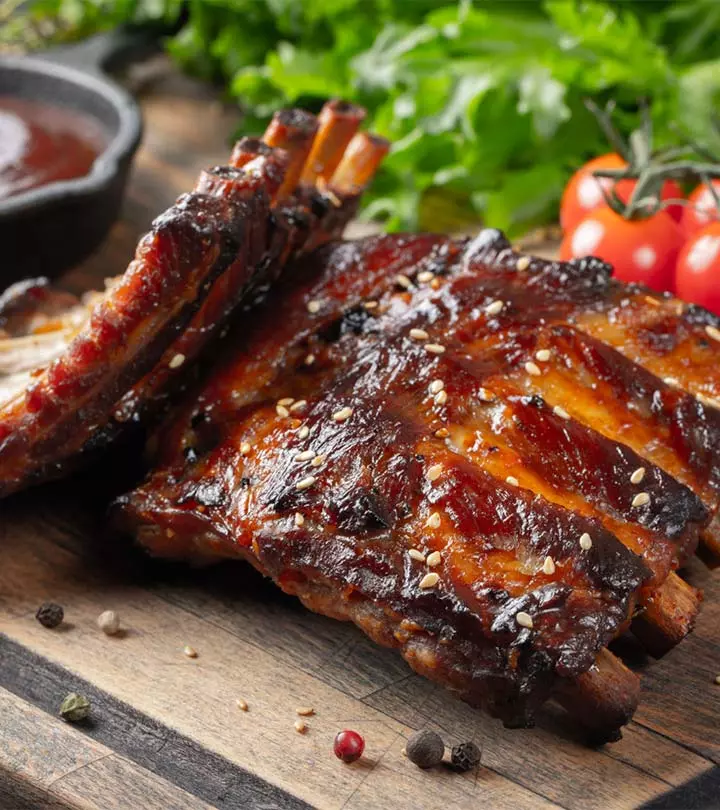
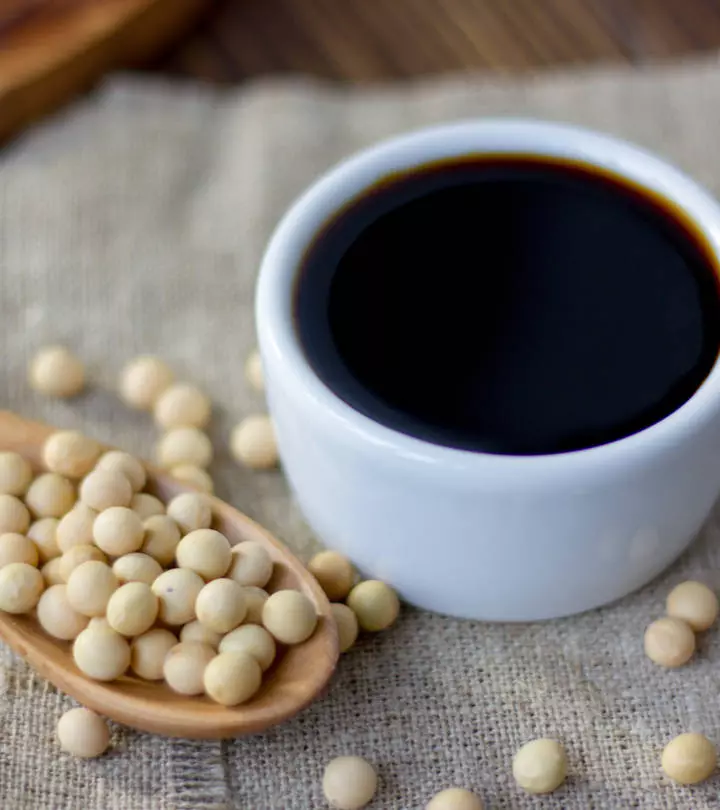
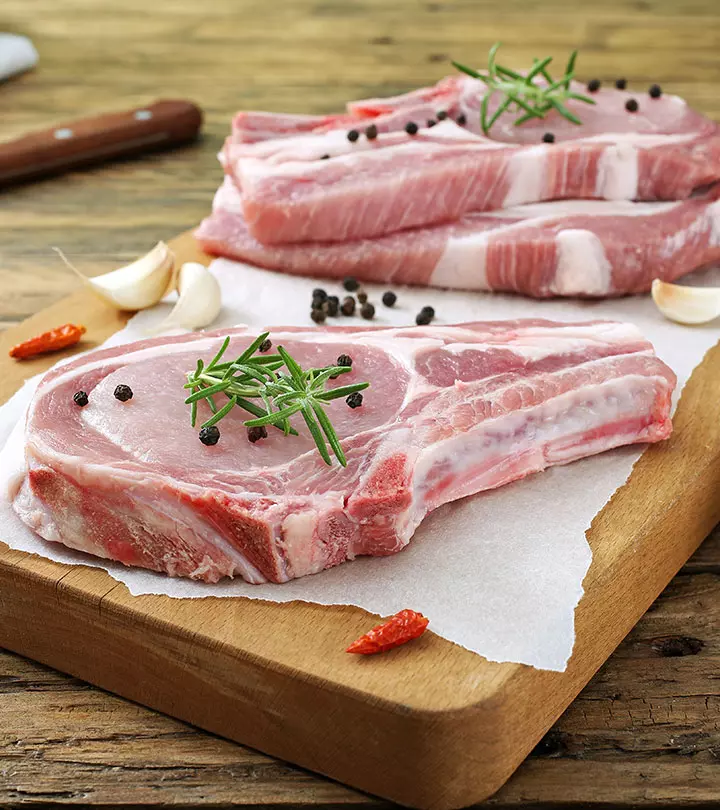

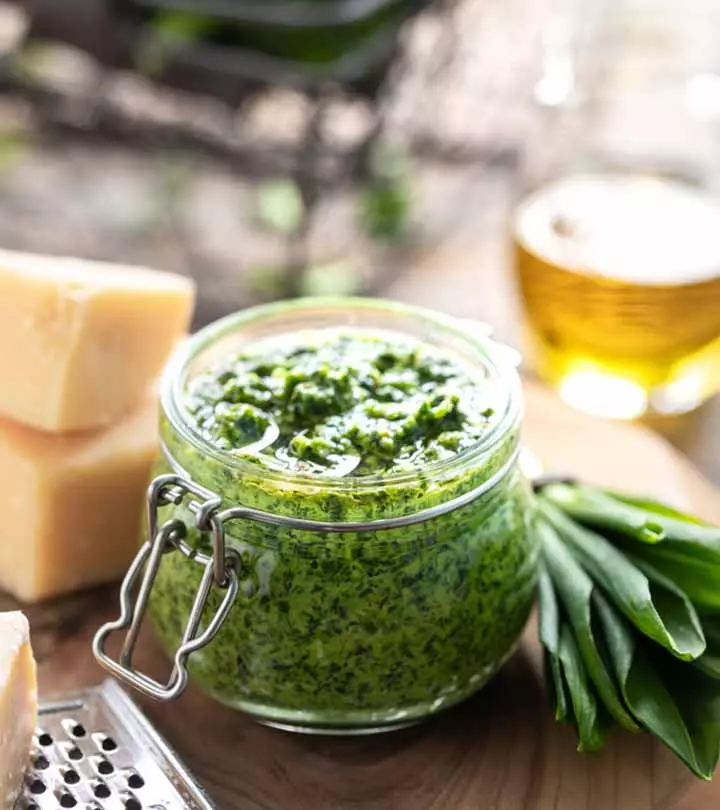
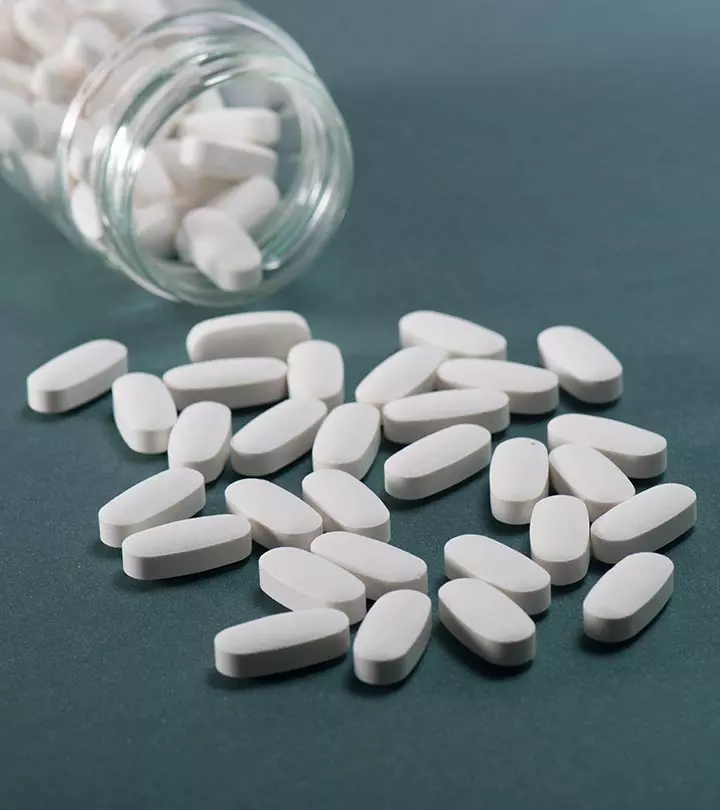
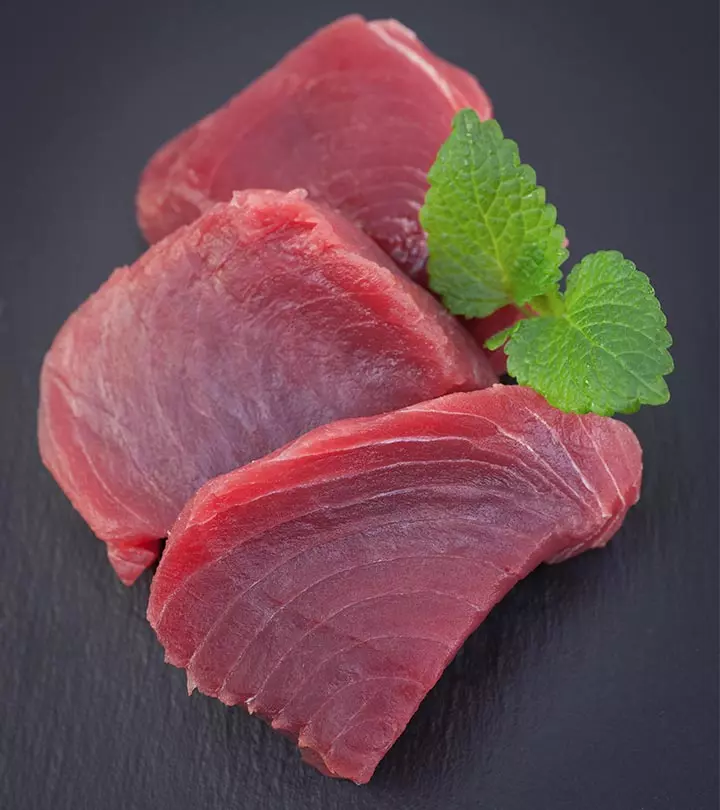

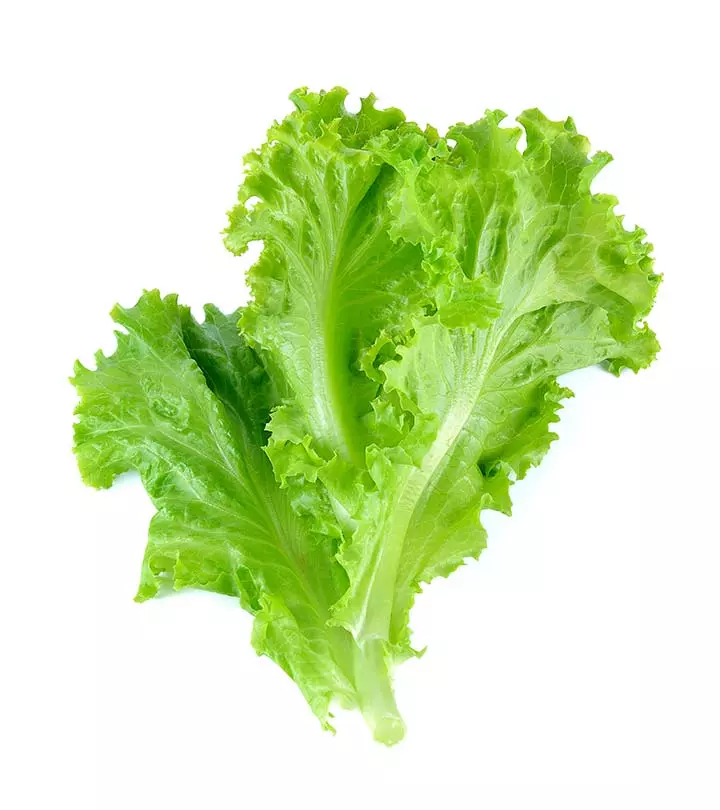

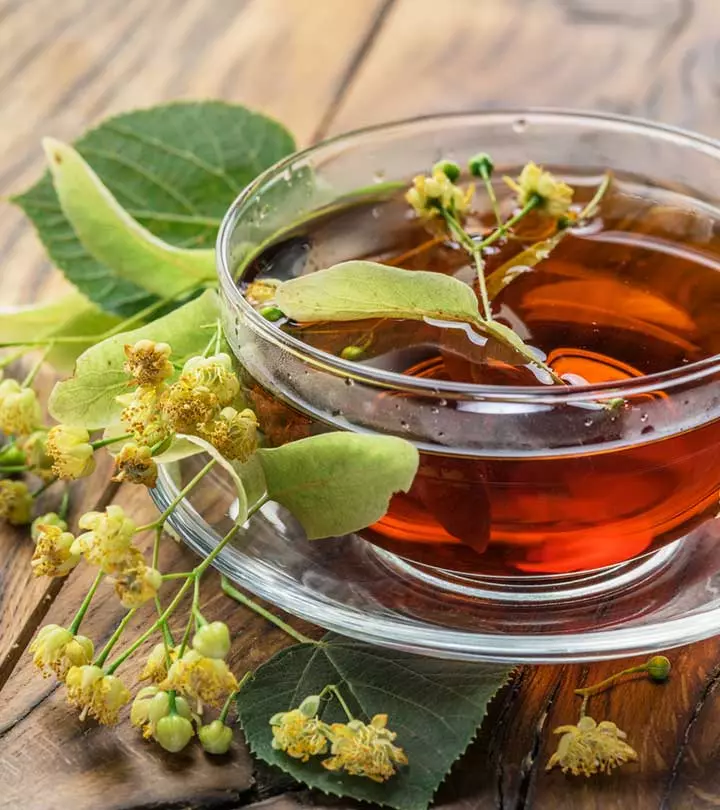
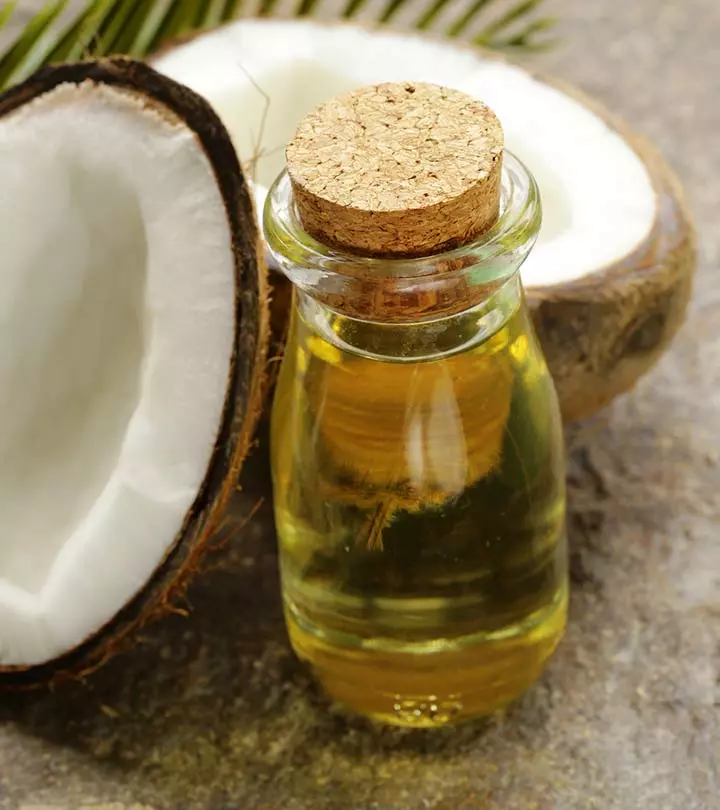

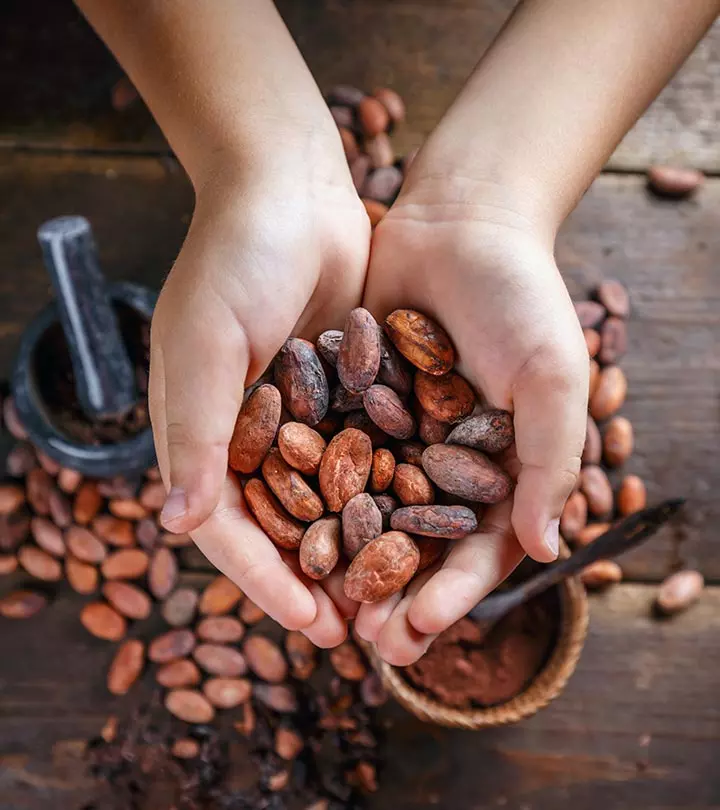
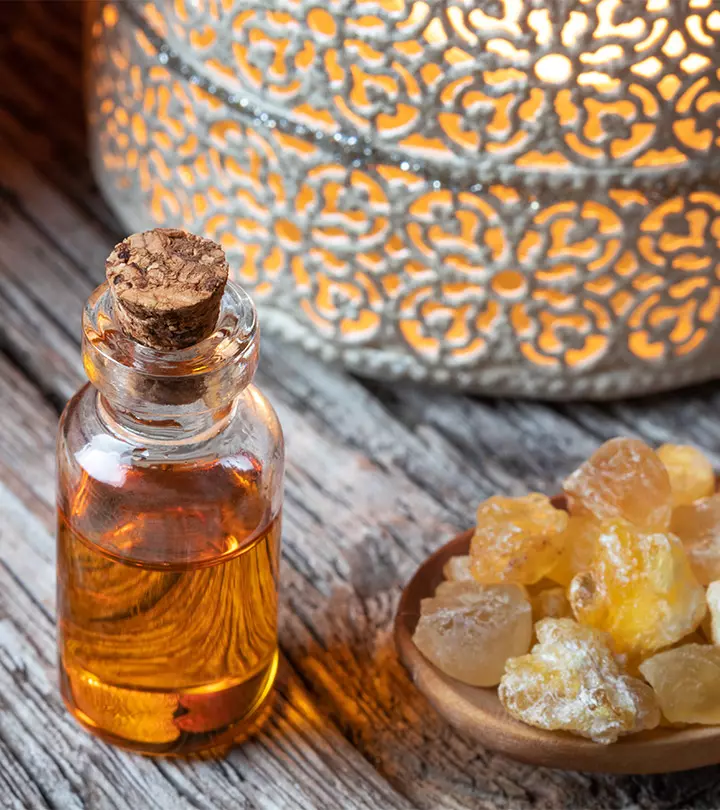
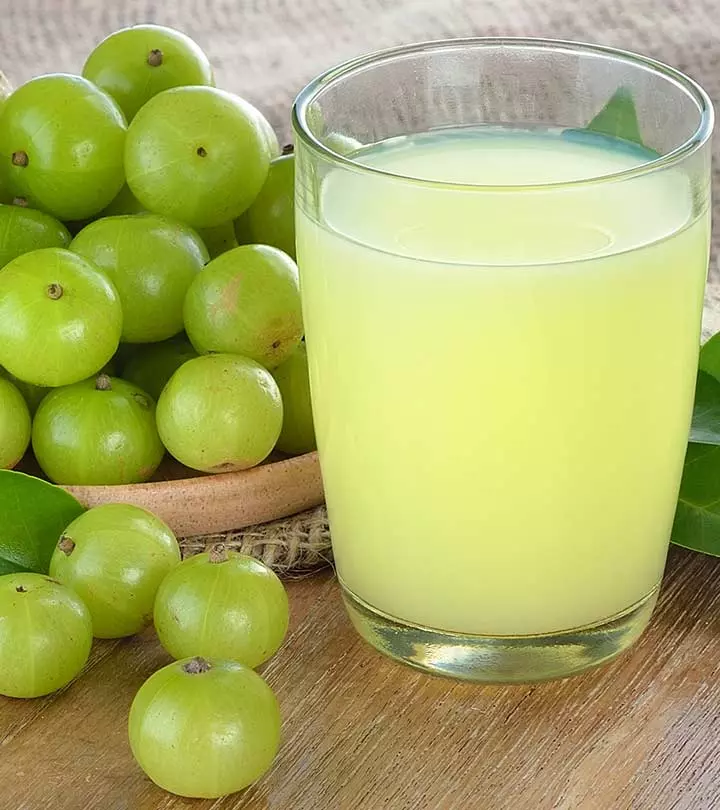




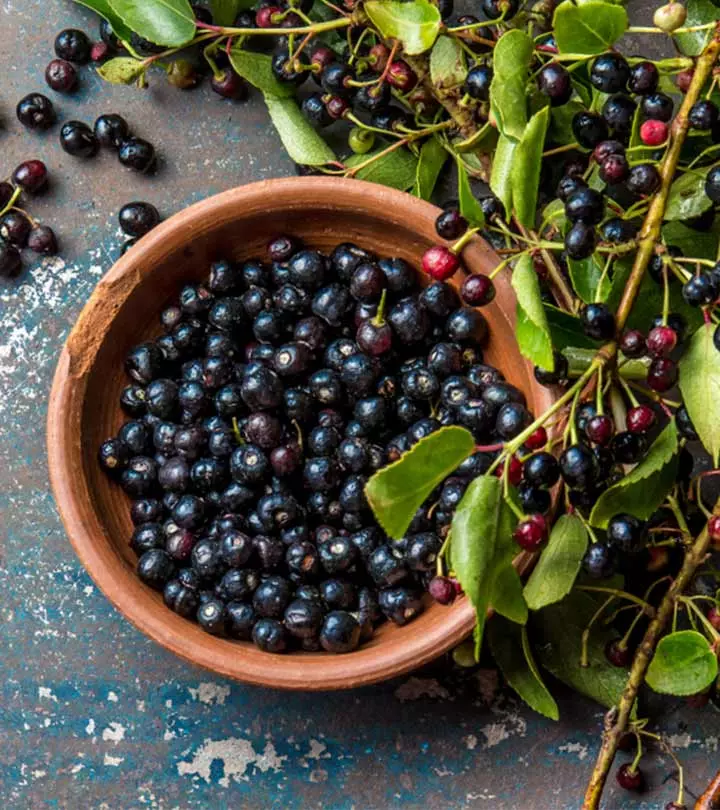
Community Experiences
Join the conversation and become a part of our empowering community! Share your stories, experiences, and insights to connect with other beauty, lifestyle, and health enthusiasts.